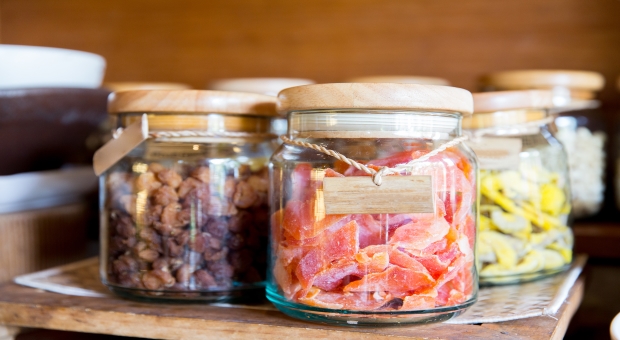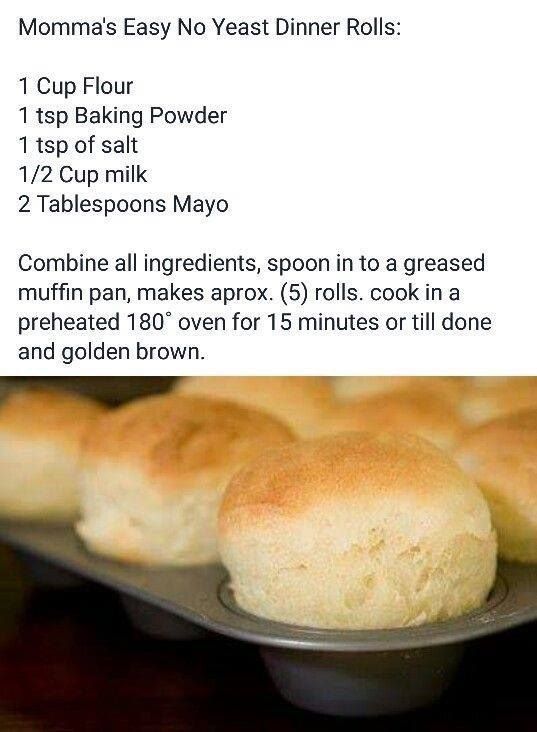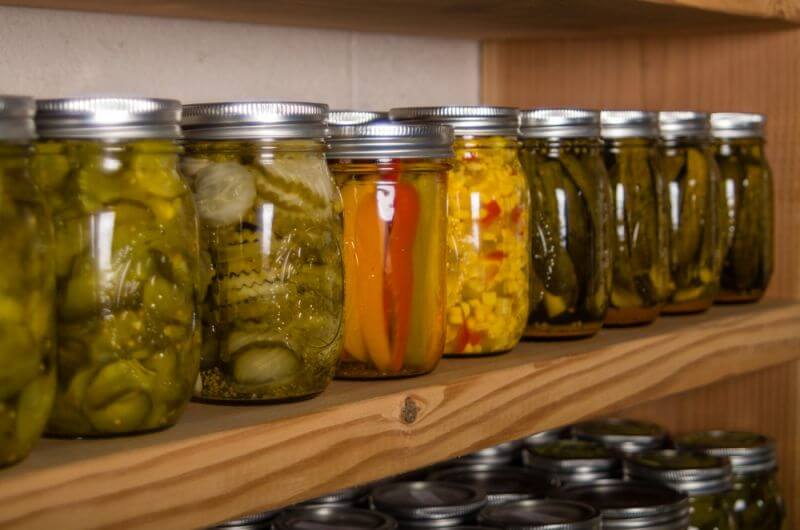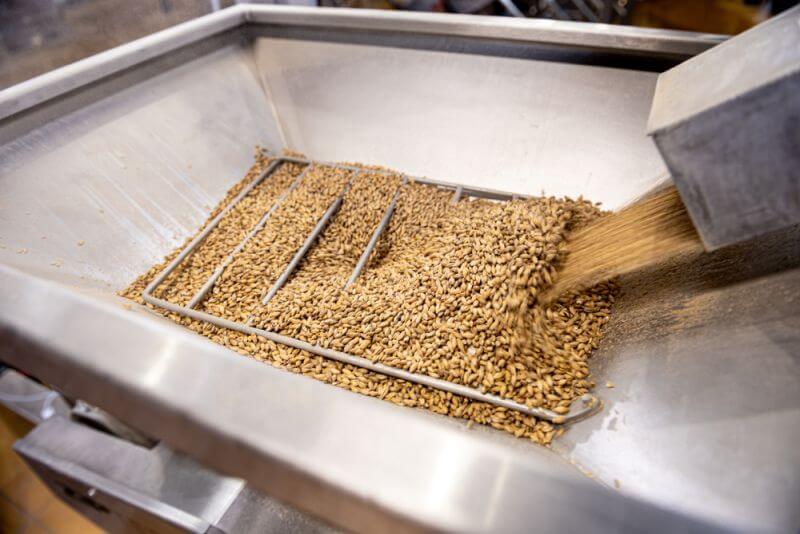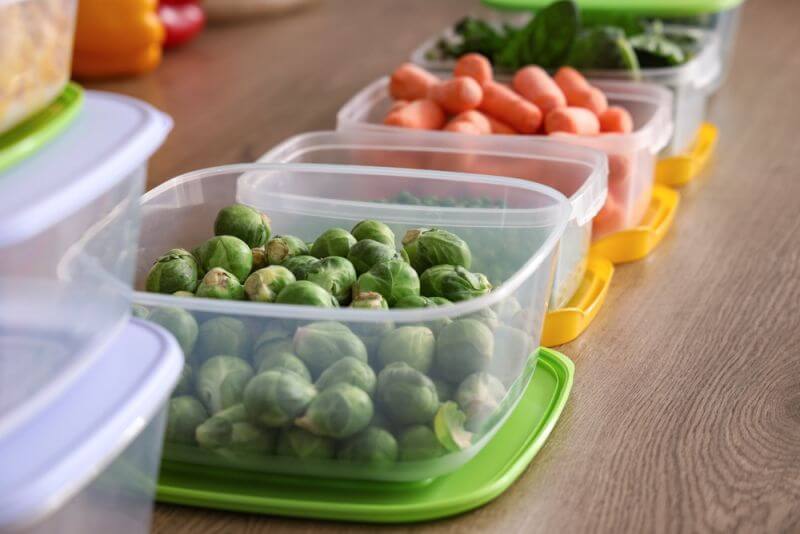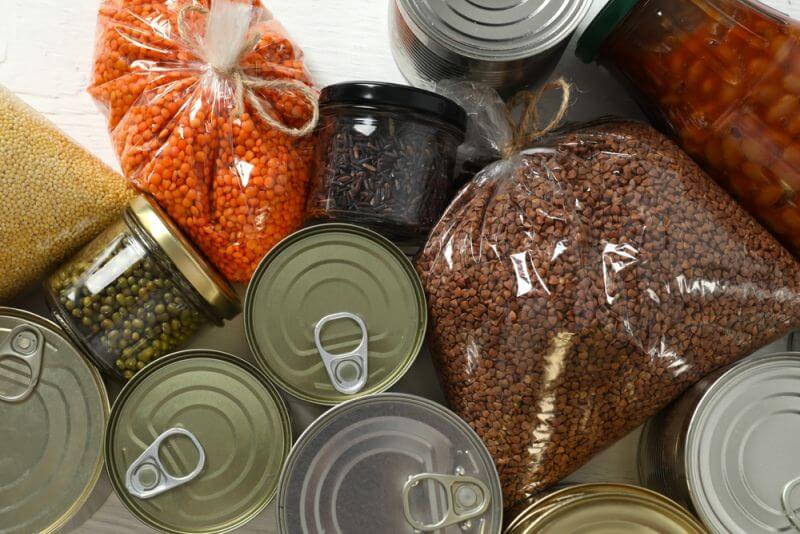Bread, beer, and wine are all foods that have been part of history for eons, but they all require yeast to make.
What if SHTF? Packaged yeasts are great, but they have a shelf-life and in order to make your own bread daily, you’d have to stockpile way too much to get you through. Isn’t it better to know how to make your own?
Read on, and you’ll have the yeast to make bread, alcoholic beverages and other goodies no matter what happens!
What is yeast?
First, you need to know what yeast is. Essentially, it’s a leavening agent that made with “good” fungus during a separation and fermentation process. Yeast spores live on most plants so vegetables, fruits and grains can be used to obtain yeast for a variety of uses. Different yeasts are used for bread and alcoholic beverages – baker’s yeast and brewer’s yeast – and they’re not interchangeable.
Learn how to make yeast for long-term storage…<<
What other options do you have?
Recently, I heard about meat being preserved in just lard. Lard has no salt or other chemicals in it – just fat. Specifically, pork fat.
So is there some magic quality to this that makes it keep meat from going bad? Can you preserve meat in simple lard? If so, that could be great for those of us who are worried about survival when SHTF.
Plus, lard is easy to make.
From what I discovered, storing meat in lard or another fat would be effective for the same reason that waxing it is – it keeps the bacteria locked out of the food.
In researching this question, I found that it’s been a common practice for centuries, in various forms. In French, the word confit means preservation.
See how to preserve food in lard<<
Regardless of how much meat you have in the freezer – a lot or a little – when emergency strikes, you don’t want it to go bad
This isn’t much of an issue if you lose power because off a blizzard. That’s an entirely different set of worries, but keeping meat cold isn’t one of them. But if you lose it because of a hurricane in Florida or Texas or the Bahamas in September, you have a problem. I know it because I live in Florida too.
Once meat defrosts, you’re on a pretty strict time-clock, especially if you don’t have a fridge. There are, of course, refrigeration units that you can build that don’t need power, but chances are good that if you’re reading this, you’re probably a little too far behind the eight ball for that kind of info to do you any good.
Here are some tips that may help you get a bit more mileage before your meat goes bad…<<


